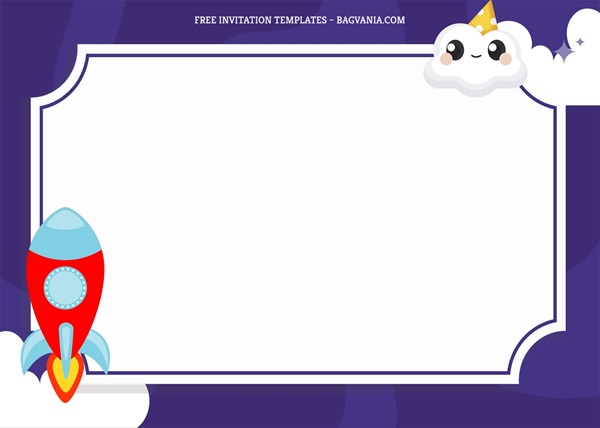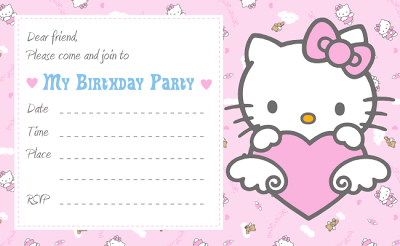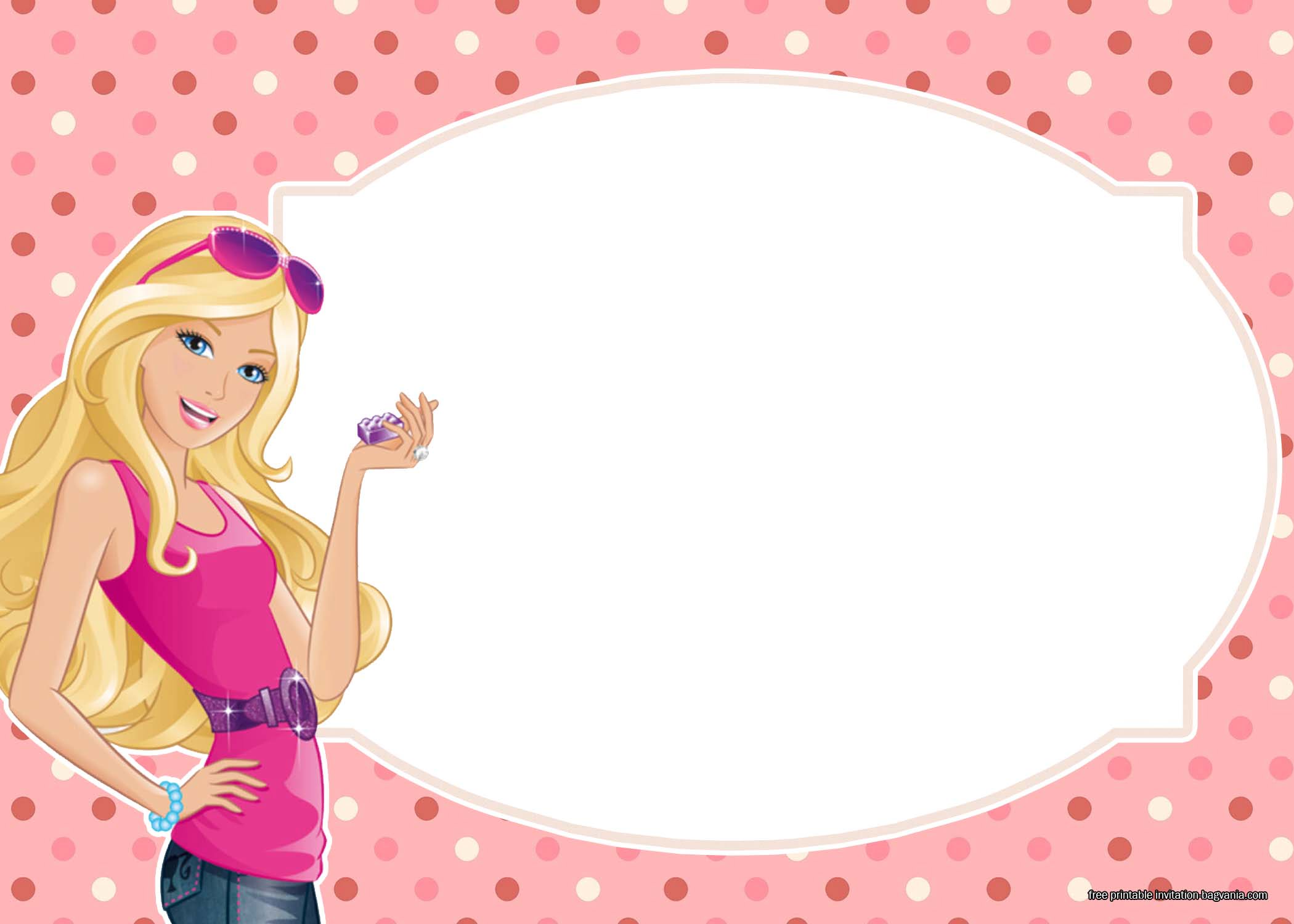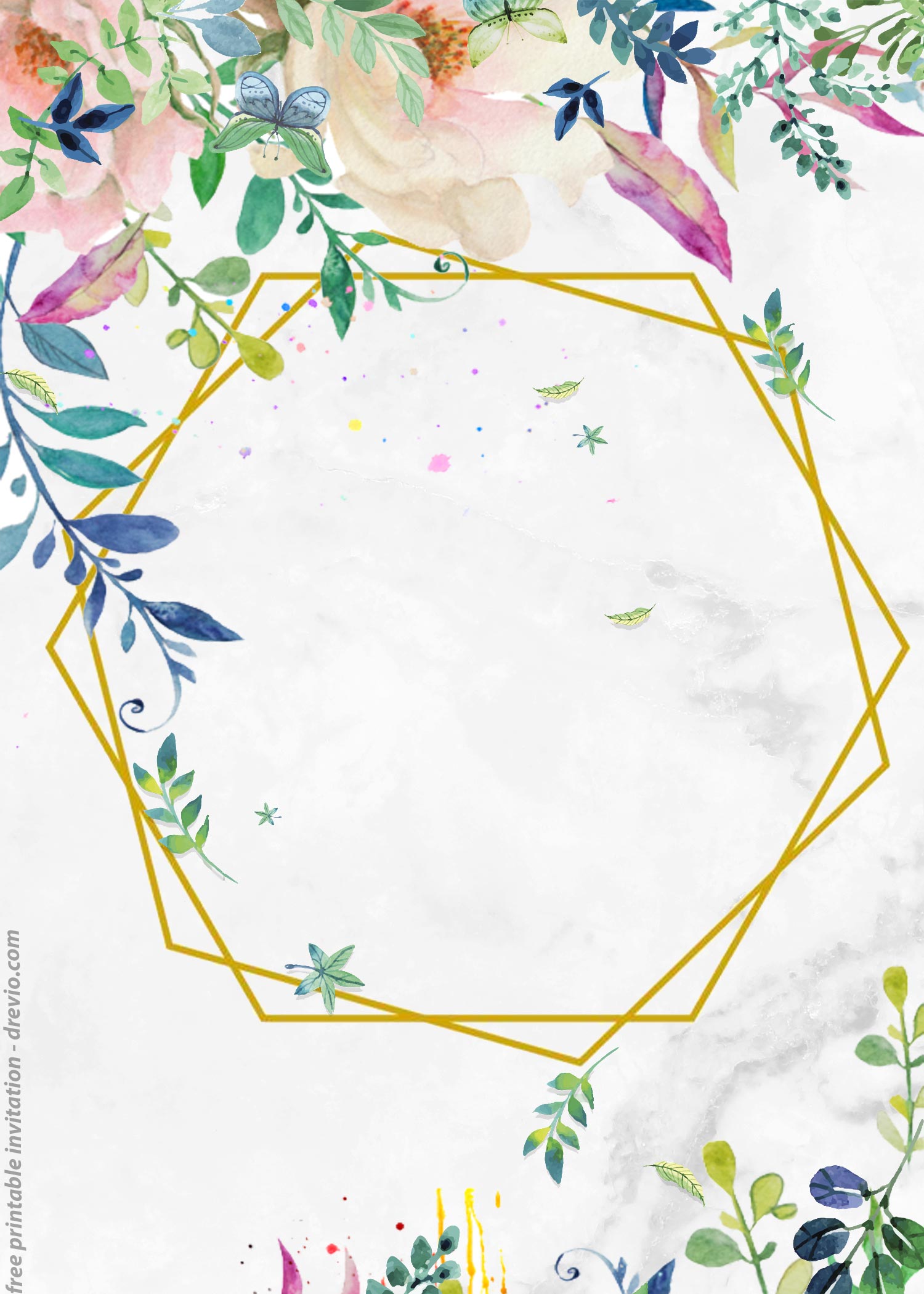Learning about 3D shapes can be an exciting and hands-on experience for children, and 3D shapes activity worksheets are a fantastic way to introduce this important concept. Fun activities like matching shapes to their names, coloring, and simple cut-and-paste projects help younger kids recognize spheres, cubes, cones, cylinders, and more. These worksheets make abstract ideas more concrete by allowing children to see and interact with the shapes directly, building a strong early foundation for geometry skills. Best of all, they are easy to set up for both individual practice and group activities, making them perfect for classrooms, playdates, or at-home learning.
As children grow and become more confident, more complex 3D shape worksheets can challenge them further. Activities such as sorting shapes by attributes, comparing different 3D forms, and identifying real-world examples encourage critical thinking and deeper understanding. These worksheets not only strengthen math skills but also promote visual-spatial awareness and problem-solving abilities. Whether you’re teaching young learners or older students, 3D shapes activity worksheets offer a flexible, engaging way to explore an important math topic while making learning feel like play.
Benefits of Learning 3D Shapes with Activity Worksheets
- Hands-On Learning
3D shapes activity worksheets let children interact with 3D shapes in a hands-on way through matching, coloring, cutting, and sorting. This active participation helps make abstract concepts more real and memorable for young learners. - Visual-Spatial Development
Working with 3D shapes helps children improve their visual-spatial skills. They learn to recognize shapes from different angles and understand how shapes exist and move in space, a skill that supports both math and everyday problem-solving. - Early Geometry Skills
Introducing 3D shapes through worksheets builds a strong early foundation for geometry. Children become familiar with important terms like “faces,” “edges,” and “vertices,” making future math lessons easier and less intimidating. - Fine Motor Skill Practice
Activities like cutting out shapes, pasting them, and tracing help children develop fine motor skills. These small hand movements are crucial for tasks like writing, tying shoes, and using scissors independently. - Critical Thinking and Categorization
More complex 3D shapes activity worksheets encourage children to sort, compare, and classify shapes based on their features. This type of thinking strengthens critical thinking skills and teaches kids how to organize information logically. - Connection to Real-World Objects
Many 3D shapes activity worksheets involve matching shapes to real-world objects (like a soccer ball to a sphere or a can to a cylinder). This helps children see the relevance of what they are learning and builds better observation skills in daily life. - Flexibility for Different Learning Styles
Whether a child learns best by doing, seeing, or thinking things through, 3D shape activity worksheets offer activities that appeal to different learning styles. They can be adapted for independent learning, group work, or even playful competitions.
Fun and Engaging 3D Shapes Activity Worksheets
For Preschoolers and Kindergarteners (4 to 6 years old)
While 3D shapes is a topic that is usually taught in primary school, you can start introducing this topic early. Once they already have an understanding of basic 2D shapes, you can try to challenge your preschoolers and kindergarteners with these fun 3D shapes activity worksheets. Each worksheet incorporates activities to keep young children engaged and interested to make sure that they have a positive learning experience.
1. Cut and Paste (Matching Shapes to Everyday Objects)
Cut and paste worksheets that match 3D shapes to real-world objects are a fun and hands-on way to help children connect what they learn to their everyday surroundings. Kids might match a soccer ball to a sphere or an ice cream cone to a cone, making the learning experience more meaningful. Cutting and gluing also strengthens fine motor skills, giving children important practice with scissors and hand-eye coordination while reinforcing their understanding of different shapes.

2. 3D Shape Maze
A 3D shape maze is a playful way to combine shape recognition with problem-solving. With this fun 3D shapes activity worksheet from cleverlearner.com, children guide themselves through a maze by following a path marked with specific 3D shapes, like cubes or cylinders. This adds an exciting, game-like challenge while helping kids stay focused on identifying different forms. Mazes also encourage planning and perseverance, making them a fantastic choice for both fun and skill-building.

3. Counting and Color by Shape
Counting and color-by-shape worksheets are perfect for early learners just getting familiar with 3D forms. Children count how many of each shape they see and then color them according to a simple key, blending early math skills with creative expression. This type of activity strengthens shape recognition, counting abilities, and attention to detail, all while giving kids a colorful project they can proudly complete.


For Primary School Students (7 to 10 years old)
For older children, it is a great idea to get them to go more in depth in this topic. You can start introducing them to the characteristics of each 3D shape, including terms like faces, vertices, edges, and maybe nets and volumes. Here is an example of 3D shapes activity worksheet to challenge the older kids.
1. 3D Shape Fact Worksheet
For older learners who are ready to go deeper, 3D shape fact worksheets offer a more detailed look at the properties of shapes. This worksheet from superstarworksheets.com asks students to fill in the attributes of each 3D shape; faces, edges, and vertices. The scavenger hunt component, in which they search for real world objects that matches the shape, will keep them engaged in their learning. This not only strengthens geometry knowledge but also builds important vocabulary and critical thinking skills, finding the relevance in the real world will also help students feel more engaged and confident in their learning, even as math concepts become more advanced.

Activity Worksheets in Group Settings
Doing 3D shapes activity worksheets isn’t just educational—it’s a lot of fun, especially when children work together! Activities like cut and paste, mazes, and color-by-shape projects can easily be turned into group games or friendly challenges, encouraging kids to share ideas, help one another, and celebrate each other’s successes. As they talk about shapes, explain their thinking, and collaborate, children naturally practice important social skills like communication, teamwork, and patience. Whether in a classroom, at a playdate, or even at home with siblings, these worksheets create a lively and positive environment where learning and friendship grow side by side.
And with creative tweaks here and there, you can even turn the 3D shapes activity worksheets into some really fun games that will get all the children involved. Here are some ideas that will get you started:
1. 3D Shapes Bingo
Try this fun and colorful bingo card from superstarworksheeets.com or create bingo cards with different 3D shapes like spheres, cubes, cones, and cylinders in each square. Call out the names of shapes or show real-world objects (like “can” for cylinder), and have children mark the correct shape if they have it on their card. The first to complete a row, column, or diagonal wins! This game makes shape recognition fast-paced and exciting, and it’s easy to adjust for different age levels.

2. Cut and Paste Shape Relay
Turn the classic cut and paste matching activity into a relay race! Divide children into teams. One at a time, each team member races to a table with cut-out shapes and everyday object pictures, finds one correct match, and glues it onto their team’s worksheet. Then they tag the next teammate. The first team to complete their matching sheet correctly wins. This game encourages teamwork, quick thinking, and lots of laughter!
3. Maze Race Challenge
Give each child (or small teams) a copy of the same 3D shape maze worksheet. Set a timer and challenge them to complete the maze by following only the correct 3D shapes as quickly as possible. To make it more social, kids can work in pairs, helping each other plan the best path through the maze. This activity builds cooperation skills and keeps everyone engaged in a friendly, energetic way.
Free Invitation Templates
To make your 3D shapes activity day even more special, you can offer free printable invitation templates! These fun and colorful invitations are perfect for classrooms, playdates, or small group events, helping to build excitement and get kids eager to join in the learning fun. Whether you’re hosting a math-themed party, a learning afternoon, or a casual get-together, sending out invitations makes the event feel extra important and festive. Plus, it’s a great way to involve children in the planning process by letting them help choose or decorate their invites! Start by heading to the links below:
- 10+ Artistic Geometric Shapes Birthday Invitation Templates
- 8+ Cute Cartoon Airplane For Boys Birthday Invitation Templates


Final Thoughts
3D shapes activity worksheets are a wonderful way to make learning about geometry exciting, hands-on, and accessible for children of all ages. With a variety of activities like cut and paste matching, mazes, color-by-shape games, and fact worksheets, kids can build a strong foundation in recognizing and understanding 3D shapes. These worksheets turn what could be a tricky topic into a fun, playful experience, helping children build confidence in their math skills while also boosting creativity, critical thinking, and fine motor development.
Whether used individually or in a group setting, 3D shapes activity worksheets are a flexible tool that can fit into classrooms, playdates, or even at-home learning sessions. They encourage collaboration, conversation, and joyful learning, giving children a chance to develop both academic and social skills. With the addition of fun games and printable invitations, a simple learning activity can easily become a memorable and meaningful event that children will be excited to participate in again and again.































